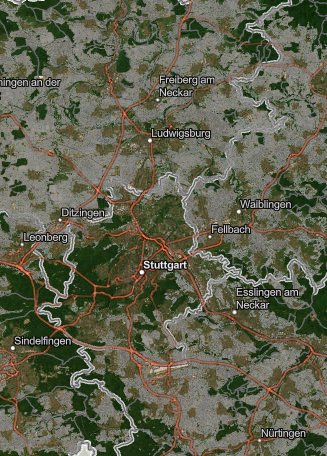Orchard meadows in the Stuttgart region are mostly found in areas close to settlements as a transition to the open agricultural landscape and as extensive meadow landscapes at the foot of the Albtrauf. In many places, only individual sections of the original extensive meadow belts remain today, interrupted by settlement areas.
The cultivation of orchard meadows is work that is often no longer carried out today due to the lack of economic viability. The result is overgrown meadows and dying trees that are no longer replanted. The characteristic structures are thus noticeably lost. In many places, orchards show a considerable lack of maintenance.
In addition to the "classic" compensatory measure of planting new orchard meadows, existing orchard meadows also offer great potential for compensatory measures, especially if they have maintenance deficits or are over-aged. This can be deliberately used to carry out maintenance measures in existing orchards and have them counted as a compensatory measure.
Landscape model for orchards "Chirping sea of flowers"

The Stuttgart Region has a wide variety of landscapes. One of these is the region's typical cultural landscape of meadow orchards. What characterizes the orchard meadows today and what would they look like in their ideal state in the future? How can compensation measures help to preserve and maintain the valuable orchards?
Guidelines for future compensation with added value

How can future compensation measures in orchard meadows be designed in such a way that they are implemented professionally and to the required extent, while at the same time creating benefits for other landscape functions? To answer this question, three focal points for possible added value were formulated: spatial, functional and procedural. As the central finding of the research project, these three aspects define the framework for action for "compensation with added value".









